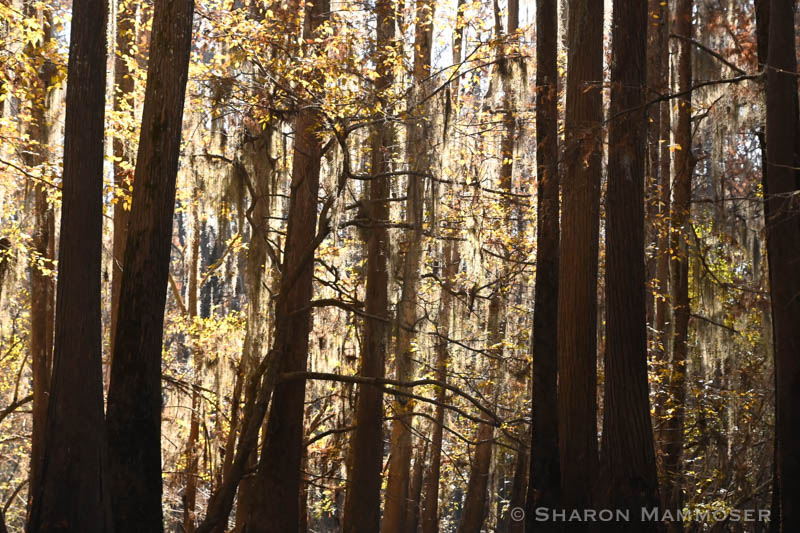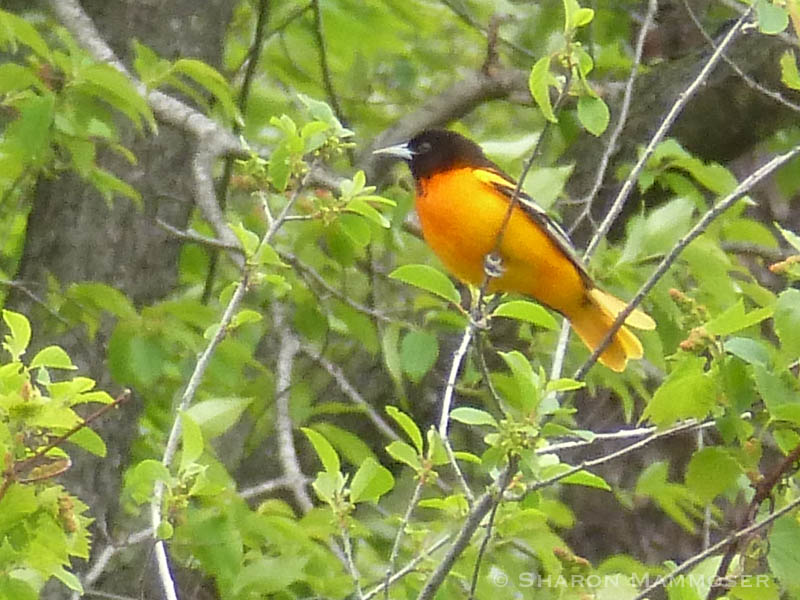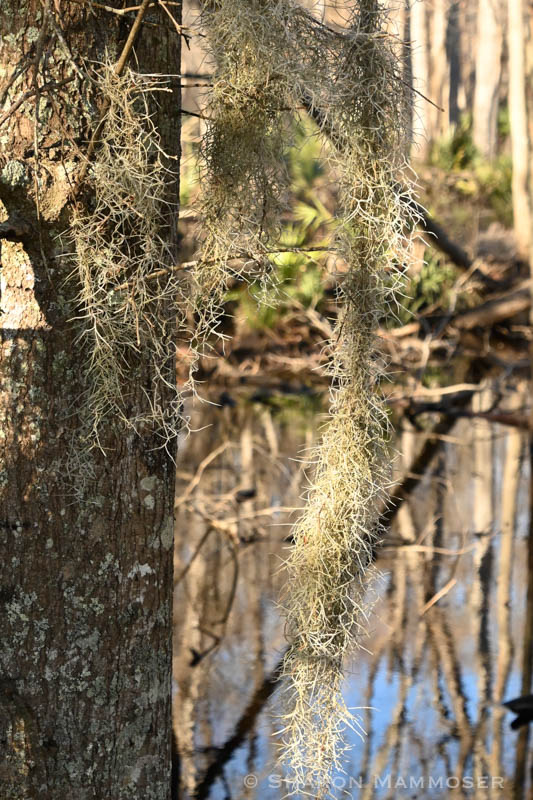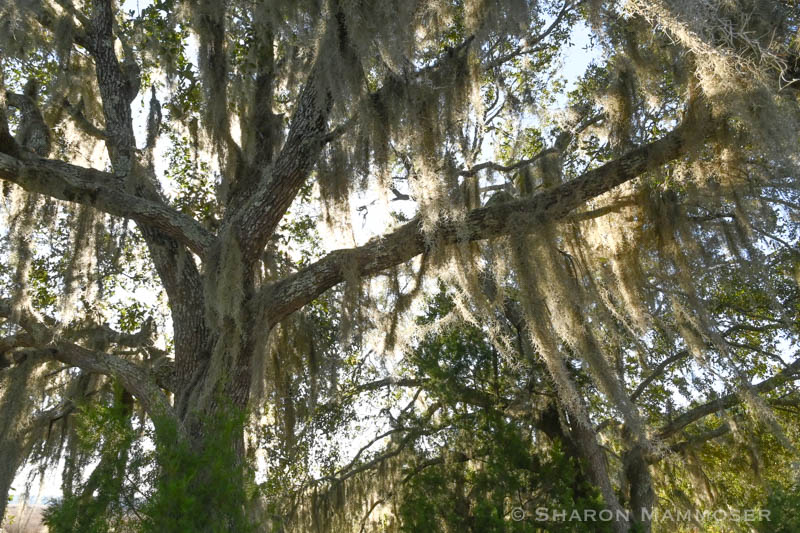Did you recognize the hair-like green stuff on all the trees in last week’s puzzler as Spanish Moss, Tillandsia usneoides? If you’re like me you may have been able to identify it as Spanish Moss but that’s maybe all you could say. What exactly is Spanish moss? Is it moss from Spain? If so, how did it get here and when? Why is it called Spanish Moss?

Let’s break it down. First off, Spanish Moss is not a moss. I have to say that in the natural world there are a really lot of names for things that are misleading. Like firefly, which is not a FLY but a beetle. Or ladybug which is not a BUG but again, a kind of beetle. Or starfish who are not fish at all since they lack scales, tails and they are not able to swim. And jackrabbits are not rabbits at all, but hares. Or Spanish moss that of course makes people think it’s a moss.

Spanish moss is an epiphytic bromeliad, which is just a fancy way of saying an air plant that grows attached to other plants using roots to anchor them. Unlike our recent puzzler, Mistletoe, Spanish moss are NOT parasites, instead taking nutrients and water from the AIR through tiny hairs called trichomes. Spanish moss does not kill the tree, it simply uses it as a structure to grow on. If there is enough of it on a limb it may grow heavy and break, but Spanish moss does not kill trees.
Second, Spanish moss is native to Mexico, South and Central America, the US, Puerto Rico and the Caribbean, not Spain. In the United States we often see it on trees in the southern states, in lowland, marshes or swampy areas from Texas west to Virginia, often on southern live oaks and bald cypress trees. If you live in Michigan or Canada or other parts north, you may never have seen this interesting looking plant, sometimes called “Grandpa’s Beard.”

Spanish moss is used by lots of animals. According to Wikipedia there is “one species of jumping spider, Pelegrina tillandsiae, that has been found only on Spanish moss.” Some warblers, including Northern Parulas and Yellow-throated Warblers as well as Northern Orioles use it for their nests. And some snakes will take shelter there and according to Wikipedia, at least three species of bats, including Seminole bats, live in Spanish moss. Once on the ground chiggers are quick to make it their home too, so if you’re collecting it, beware!

According to Mental Floss, “Spanish moss was given its name by French explorers. Native Americans told them the plant was called Itla-okla, which meant “tree hair.” The French were reminded of Spanish conquistadors’ long beards, so they called it Barbe Espagnol, or “Spanish Beard.” The Spanish got back at them by calling the plant Cabello Frances, or “French Hair.” The French name won out, and as time went by Spanish Beard changed to Spanish moss.”
Okay so now you know more about Spanish moss. Think of all the ways you can benefit from this knowledge! Just kidding. But seriously, isn’t it nice to know more about the natural world? It’s like learning more about your friends, how can that not make life better? I’ll leave you with this quote, which I think is fabulous–very true, though sadly, most people are unaware of the loss.
“To a person uninstructed in natural history, his country or seaside stroll is a walk through a gallery filled with wonderful works of art, nine-tenths of which have their faces turned toward the wall.” –Thomas Henry Huxley
Ready for the next puzzler? This one is about something from trees, but it’s not in the treetops, it’s on the ground.


